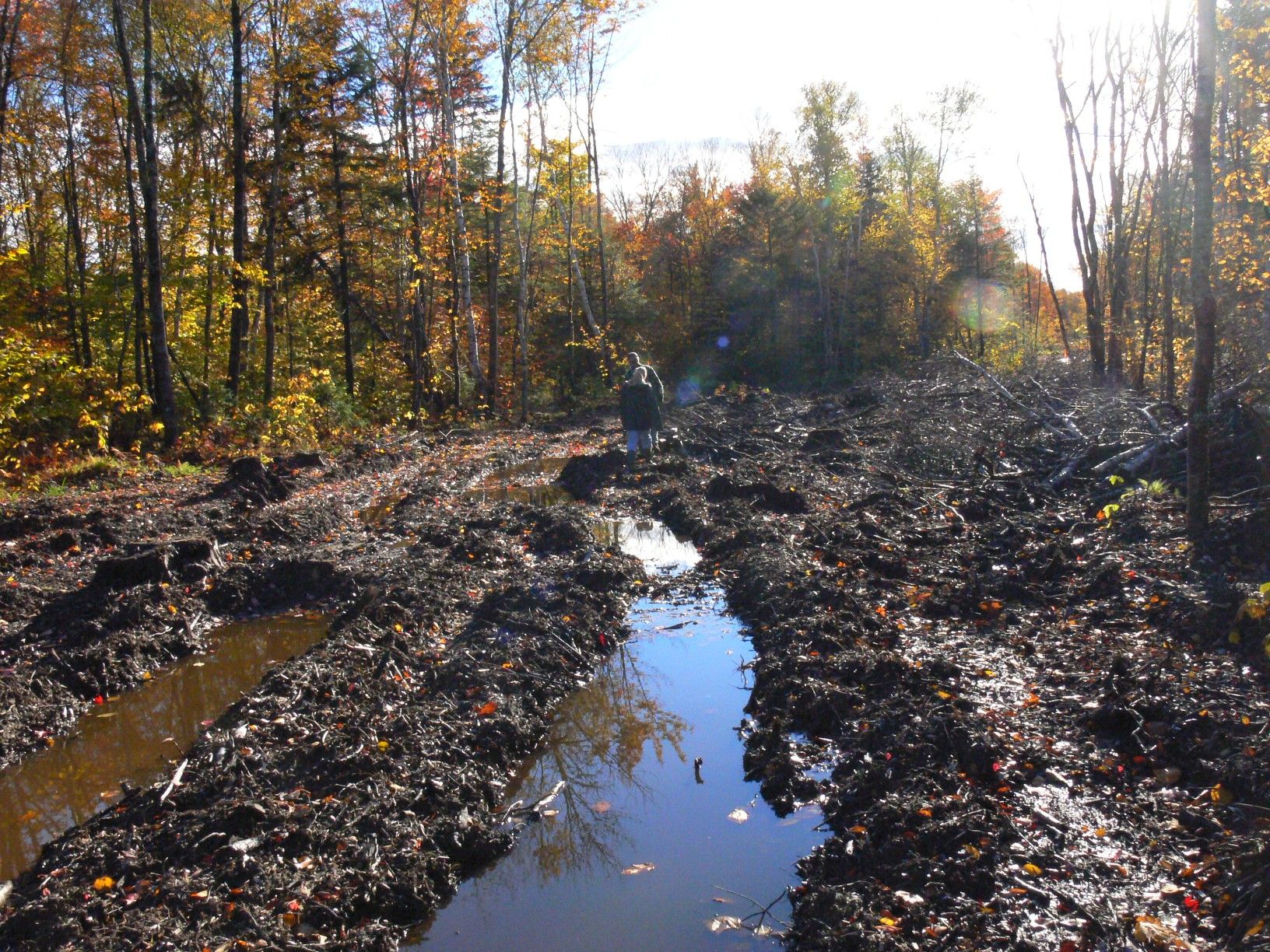Full Cost Accounting
July 22, 2025
By Gary Schneider
Students taking my ecological forestry courses at both UPEI and Acadia are generally surprised when we get to the section dealing with accounting. It doesn’t seem to fit with the idea of creating and maintaining healthy forests.
The reason that it is built into the courses is that it helps us to understand how we got into this situation where so much of our woodland is degraded. From the historic accounts, the landscape that the European explorers and settlers found would be almost unrecognizable today – especially the upland hardwood sites.
The area around Macphail Woods was said to have yellow birch greater than six feet (1.8m) in diameter. The white pine masts – not the height of the tree, just the length of the harvestable mast wood – was 50-60’ long (15-18m). You would have to search a long time to find trees close to those sizes today.
The idea of full cost accounting is that when you are looking at profits and losses, you look at all the real costs. Normally, when you’re trying to make good decisions for a forestry business (or agriculture, or fisheries – any resource, really) you would add up all the sales of the wood products and subtract all your costs. These could be fuel, labour, administration, equipment, etc.
But what about all the hidden costs? The loss of nutrients from the soil when you expose the forest floor to full sunlight and drying winds? The loss of wildlife habitat is another cost that doesn’t really get borne by anyone. The loss of carbon, especially in this day and age, is another major component that doesn’t ever get included in traditional accounting. There is also no accounting for the fossil fuel that is used to drive the industry.
People often ask me why organic food is more expensive than food grown in an industrial model. My response is that if I was a certified organic grower, I would have to be improving my soil each year to retain my certification. I couldn’t destroy my hedgerows. I couldn’t have fish dying as a result of my practices, or sprays drifting onto my neighbour’s property. We know that these things “cost” the organic grower, so we should expect to pay more.
The same should be true for wood products. You can certainly harvest firewood by selecting individual trees, making small patch cuts, or strip cutting. But that care takes more time. It is really difficult to get cheap fuel from wood without clearcutting. The problem is that it really isn’t “cheap” fuel. It only appears to be cheap because we don’t factor in all of the hidden costs.
While we don’t want people to not be able to afford food, we also need to ensure that farmers are paid a fair wage for their work. If subsidies are needed, they should go towards helping people afford food that is grown without degrading the environment. And if you can’t afford to purchase sustainably harvested firewood (or building supplies, or even food products from the forest) then we should look at why that is and come up with solutions.
Once we fully understand the costs of our actions, we will be able to make better decisions that will benefit us all.
